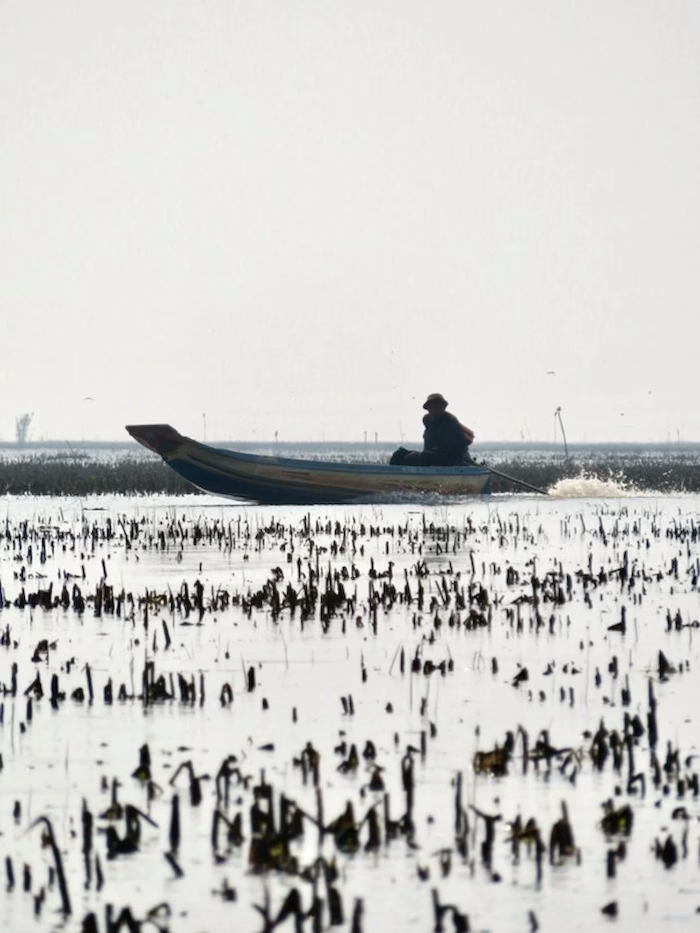What’s the Impact of Hummingbird Feeders?
Who doesn´t like to observe hummingbirds up close and personal?
The easiest way to attract them (and by the way, to get amazing pictures) is through the use of hummingbird feeders. An increasing number of hummingbird enthusiasts maintain sugar-water hummingbird feeders on a permanent basis.
 The underlying reasons for establishing feeders range from pure curiosity to see these remarkable birds at a close range to the general belief that feeders benefit the hummingbirds. Feeders satisfy the human thrill of attracting birds that are often difficult to observe in high numbers under natural conditions.
The underlying reasons for establishing feeders range from pure curiosity to see these remarkable birds at a close range to the general belief that feeders benefit the hummingbirds. Feeders satisfy the human thrill of attracting birds that are often difficult to observe in high numbers under natural conditions.
Although this practice is widespread, little is known of the consequences of the continuous use of commercial feeders on the biology of hummingbirds or for the reproductive success of their associated plants.
After studying hummingbird pollination systems for several years in the highlands of Costa Rica (at Cerro de La Muerte, which literally means “The Mountain of Death”) we determined that the use of artificial sugar-water feeders influences the quantity and composition of pollen loads of highland hummers.The pollen load consists of the types of different pollen a hummingbird could carry (and thus, how many plant species the hummingbird has visited). This is easily measured. The tricky part is to capture the hummingbird, which we do with mist nets. These are very fine nets that allow us to capture a hummingbird without harming the bird.

Using a piece of Scotch tape rubbed against the throat, nape, and crown of the bird, we collected pollen samples in this manner, put the tape on a microscope slide, and later identified the pollen using a microscope. By looking at the structure and size of pollen grains, we could easily match pollen with the plant species from which it came from.
At Cerro, we studied four species of hummingbirds: the Volcano (Selasphorus flammula), Fierythroated (Panterpe insignis), Magnificent (Eugenes fulgens) and Green Violet-eared (Colibrithalassinus). The most aggressive and territorial species at the site, the Fiery-throated Hummingbird, dominated the feeders during the dry season. During the wet season, feeder usage was more evenly distributed across species, with the exception of the Volcano Hummingbird, which was kicked to the last place in the dominance hierarchy.
Pollen loads of hummingbirds captured near feeders were low in abundance (more than 50% out of 183 hummingbirds had zero or little pollen grains), and were low in species richness (96% of the hummingbirds had pollen from only one plant species). Pollen loads increased during the dry season coinciding with peaks in flower production, although the majority of captured hummingbirds carried no pollen. This shows that sugar-water feeders congregate hummingbirds drawing them away from flowers.
 The competitive and antagonistic pattern observed between feeders and flowers shows that natural pollination systems are being significantly altered by the use of feeders. Supplementing hummingbirds with food seems likely to interfere with pollination networks already stressed by many anthropogenic effects, including global warming.
The competitive and antagonistic pattern observed between feeders and flowers shows that natural pollination systems are being significantly altered by the use of feeders. Supplementing hummingbirds with food seems likely to interfere with pollination networks already stressed by many anthropogenic effects, including global warming.
If you have a hummingbird feeder at home, please don´t use it on a permanent basis. It is fine to watch these birds at close range, but please, don´t make them addicts to cheap food. Plant a hummingbird garden, or even better, go out bird watching.
Related Posts

Framing Prek Toal: Photography, Conservation, and Life on the Tonle Sap

